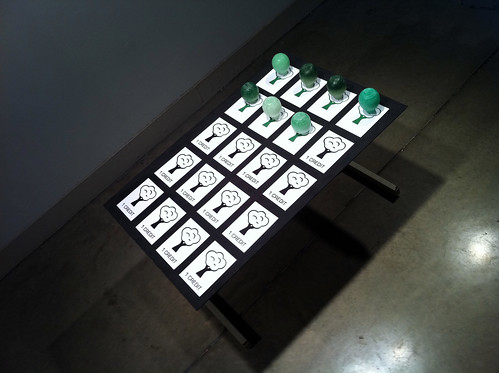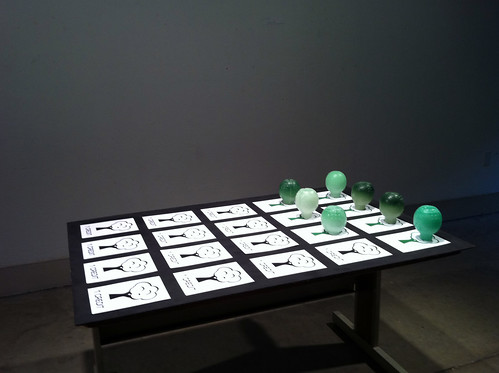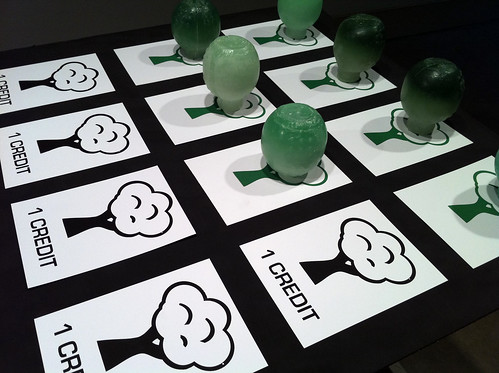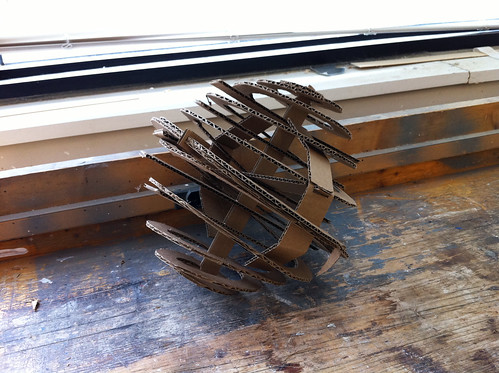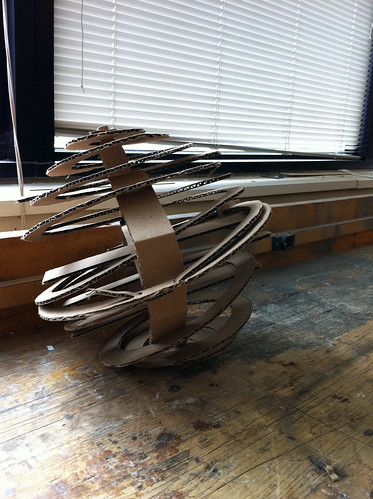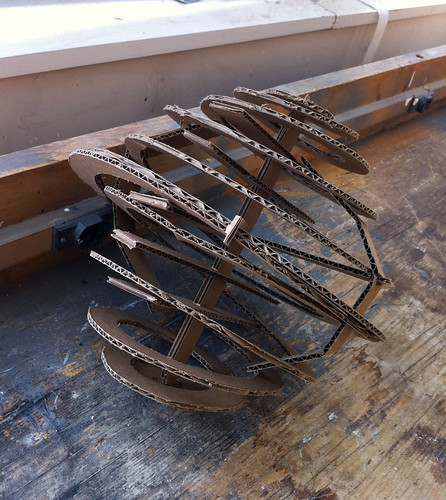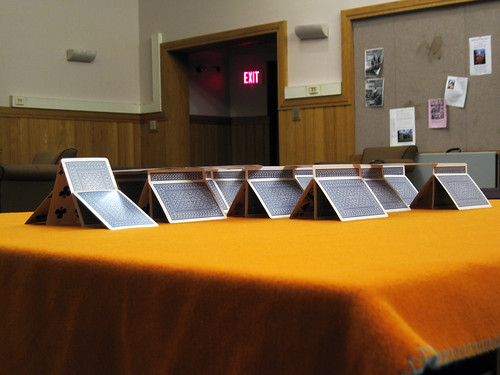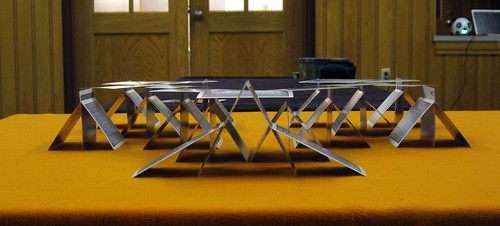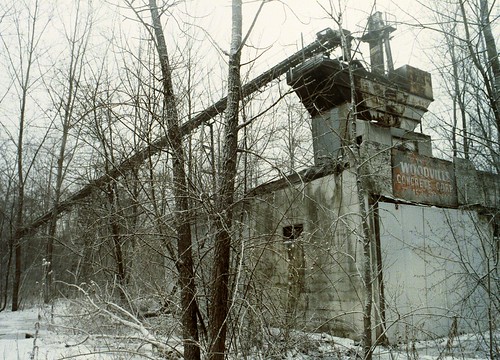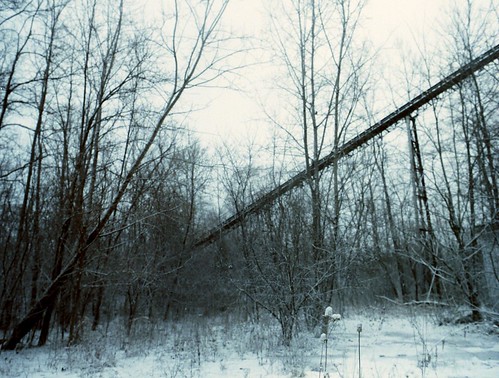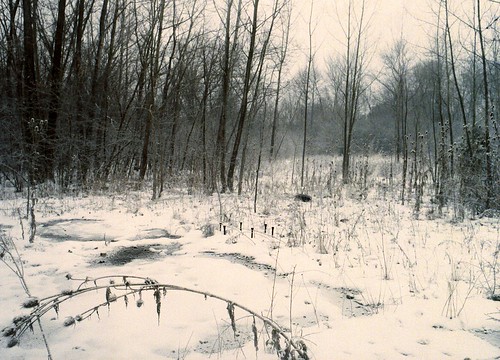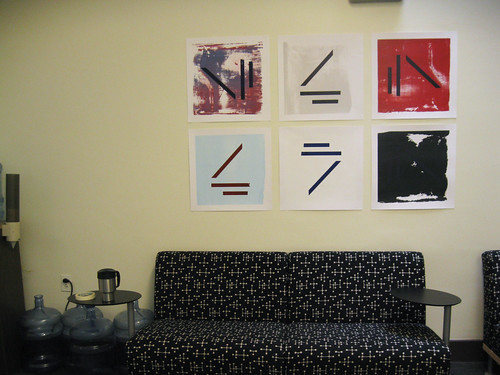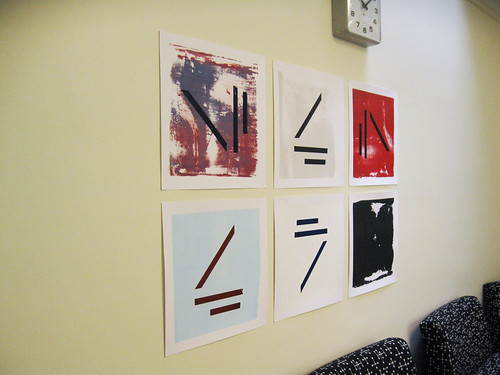The items that I brought in were a Polaroid Land Camera 250 and a Selmer B♭ Clarinet, and I some ideas where I was going to put one of these items on display as sort of an ironic jab at their nominal function (to make art, not to be it). However, as I thought more about this and we started to discuss more this idea that art isn't so much the object as it is the reciprocal relationship between said object and the institution that presents it as such, I started to move away from these specific objects.
What, instead, I turned to were the cast plaster mason jars that I had been creating for the previous project. Instead of putting the camera on display as the art (rather than that which it creates) I thought it might be interesting to put a 'artisanally-produced' copy of a mass-produced object into a 'high art' setting. In addition, I thought about including broken casts, extra casts, and the moulds themselves to full remove all sort of magic from the object, in direct contradiction to its place as a 'work of art'
